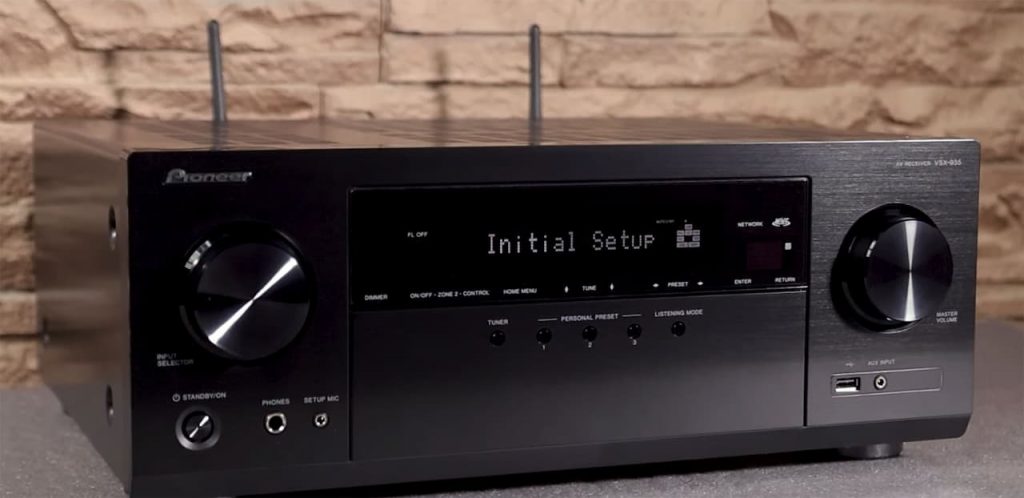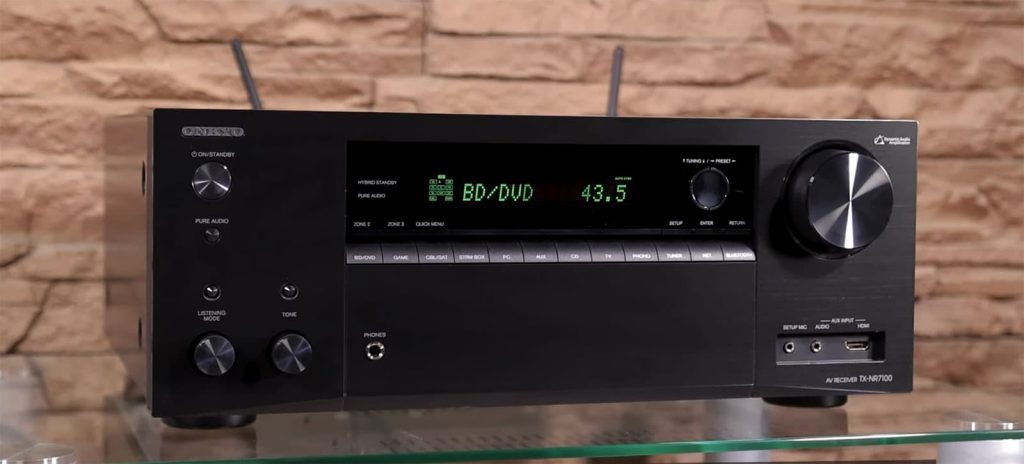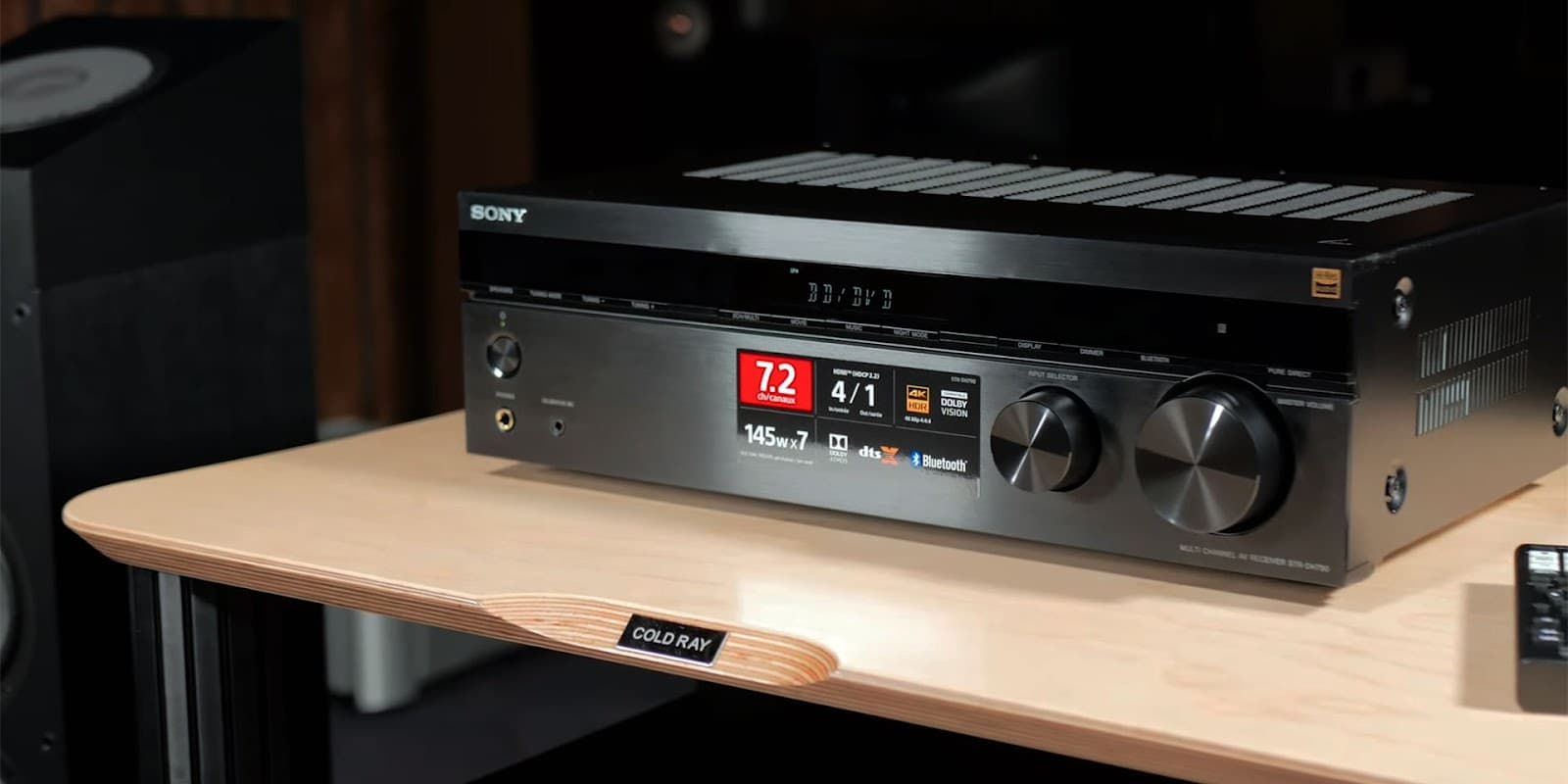Creating a home theater requires a competent and balanced approach, careful planning, and detailed consideration of the various components of this system so that the investment in entertainment and recreation with your family will delight and impress you. The key point in creating a home video room is the choice of an optimal AV receiver, the range of possible options is very large and can be confusing not only for beginners. Are more expensive receivers always better than cheaper options? What should you consider when buying a receiver? These are the points we will look at in detail.
The price spectrum of AV receivers
The price range of AV receivers is quite wide and depends mainly on the brand of the manufacturer and the functionality of this device. Comparing cheap vs expensive кeceivers, we can distinguish 3 categories of the cost of this device:
- Budget AV receivers include all models up to $1000. They have basic functionality, HDMI ports, can provide surround sound, and minimal entry-level room calibration. Not a bad option for beginners or those on a budget.
- Mid-range models can range from $1,000 to $2,000. Offer a good balance of options and efficiency, supporting more advanced audio formats, additional connectivity options, and more robust room calibration systems.
- Premium AV receivers are models starting at $2,000 and up. Advanced companies with long experience and reputation usually offer wide functionality, excellent sound quality, high-quality construction materials and reliability, and correspondingly high prices.

Key features of budget AV receivers
- Budget receivers vs high-end AVR models typically have basic connectivity options, limited HDMI inputs and outputs, traditional audio and video inputs such as RCA and component connections and USB ports for media playback.
- Fairly decent sound quality for small rooms (150-300 square feet).
- Straightforward interface and easy setup, convenient for those new to home theater.
- Basic room calibration features.
So do not expect them to deliver powerful sound and spectacular pictures. Inexpensive receivers often support 5.1 or 7.1 channel configurations, which limits speaker settings. Budget models may lack support for advanced audio surround sound formats such as Dolby Atmos, and DTS:X.
Key features of high-end AV receivers
Premium AVR series are built with a wide range of features and typically offer great customization and optimization options:
- This class has a variety of inputs and outputs, including HDMI, which makes it possible to maximize the configuration of the entire system, connecting Blu-ray/DVD players, game consoles, and other devices.
- Typically 9 channels or more with 100W to 150W of output power.
- High-end models support advanced immersive formats such as Dolby Atmos, DTS:X, and Auro-3D for an enveloping 3D sound experience.
- Process and upscale video to 4K or even 8K resolution.
- Support for more UHD video formats provides picture quality with higher contrast and vibrant colors.
- Compatible with smart home systems and voice assistants Amazon Alexa, Google Assistant, and Apple Siri, you can control your home theater settings by voice.
- Advanced technologies (Audyssey MultEQ XT32, Dirac Live, or Anthem Room Correction) optimize sound output based on the size and acoustics of your room to ensure the first-class possible performance for your unique space.
As a result, these units offer more powerful amplification and are designed for larger rooms to create a premium home theater experience with the best sound and video quality.
It is often confusing why there is such a wide price range when the functionality is almost identical in both budget models and premium receivers. More expensive receivers have better signal processing quality, no lags/bugs, and no delays when switching sources, all because they are built with more expensive components. This is why they are often overpriced.

The real-life implications of your choice
When choosing an AV receiver for your home theater, you should consider the following factors: your intended use; the size and acoustics of the room; your plans; and, of course, your budget.
If your goal is daily TV streaming and occasional movie viewing in a small living room, a budget receiver may be a very good option, providing basic features and sound quality that enhance the quality of standard home entertainment.
If you are a passionate fan and admirer of spectacular video and music content with excellent stereo, and if you need to be able to adapt the device to future technological developments, then it should be a high-end receiver.

